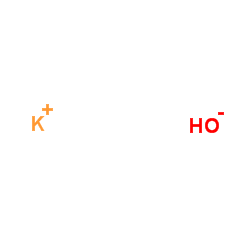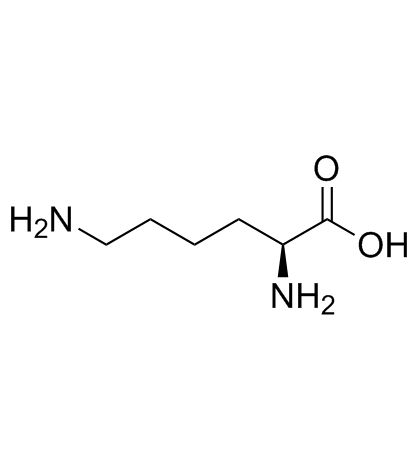| Structure | Name/CAS No. | Articles |
|---|---|---|
 |
Sulfuric acid
CAS:7664-93-9 |
|
 |
HYDROFLUORIC ACID
CAS:7664-39-3 |
|
 |
Hydrogen peroxide
CAS:7722-84-1 |
|
 |
Potassium hydroxide
CAS:1310-58-3 |
|
 |
L-Lysine
CAS:56-87-1 |
|
 |
Tin monoxide
CAS:21651-19-4 |
|
 |
Saccharin
CAS:81-07-2 |